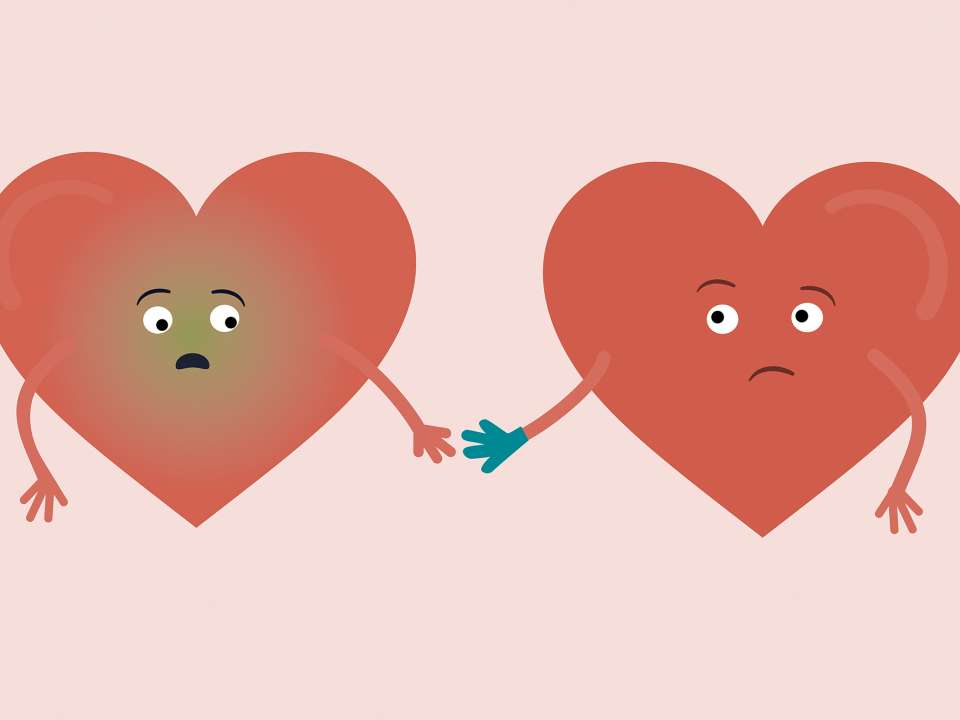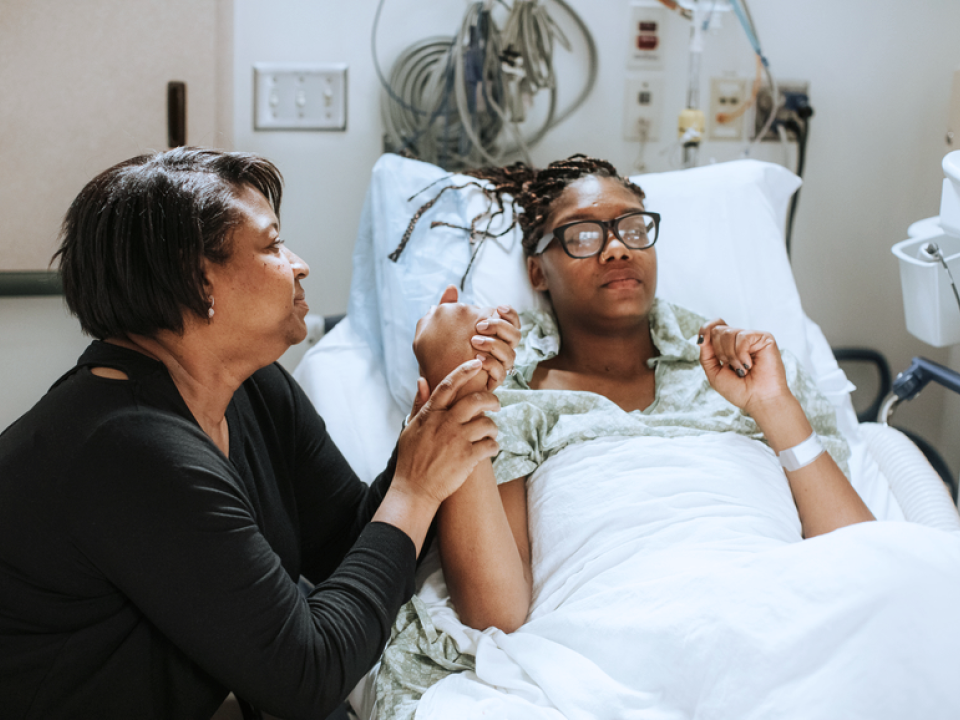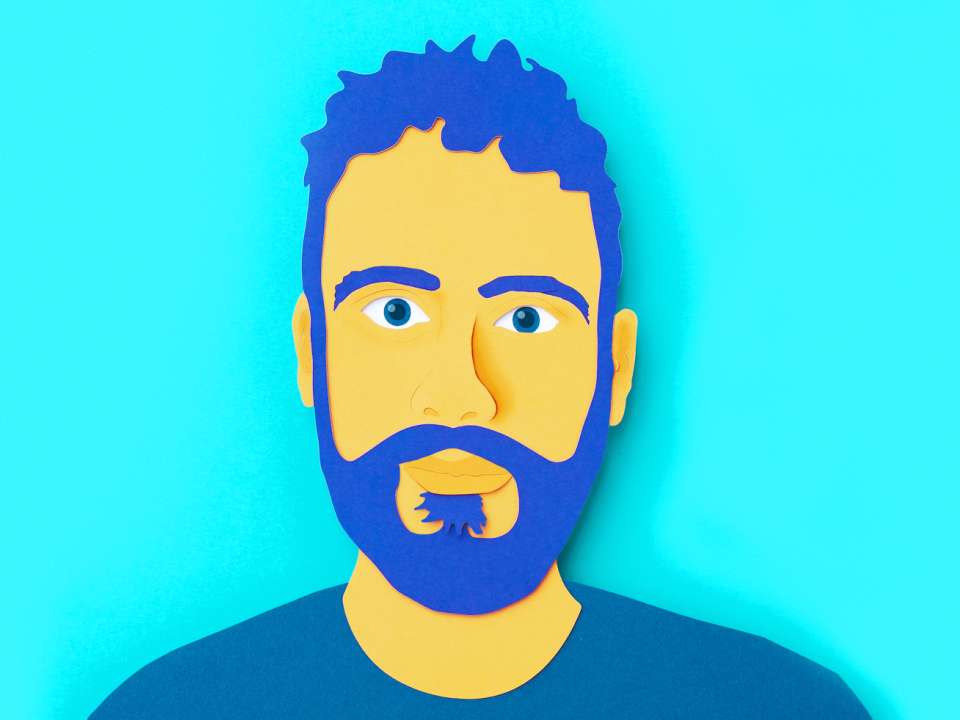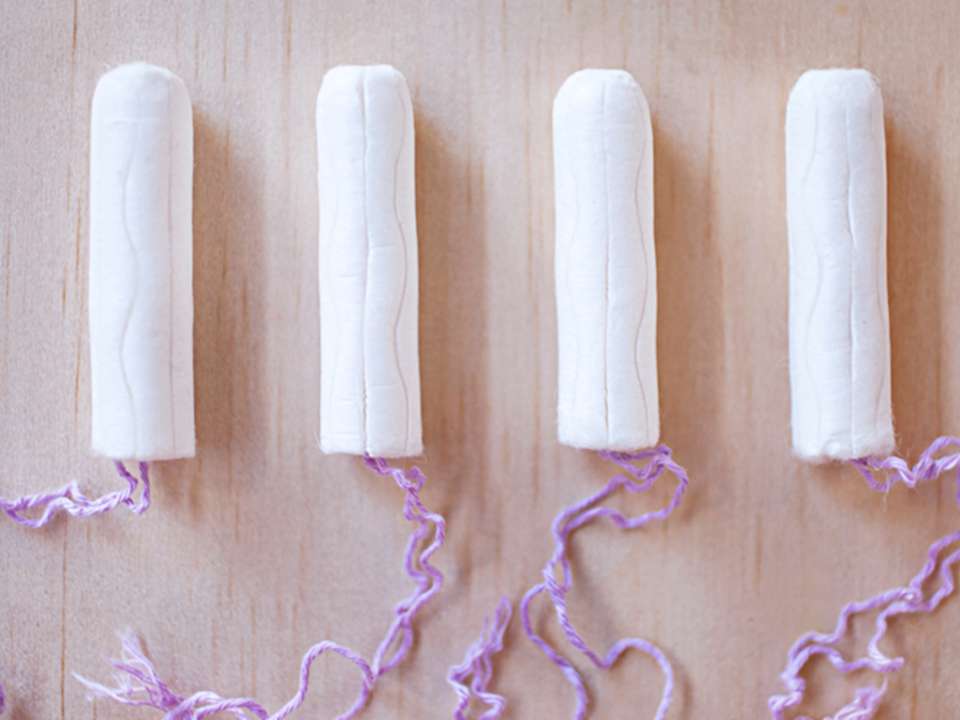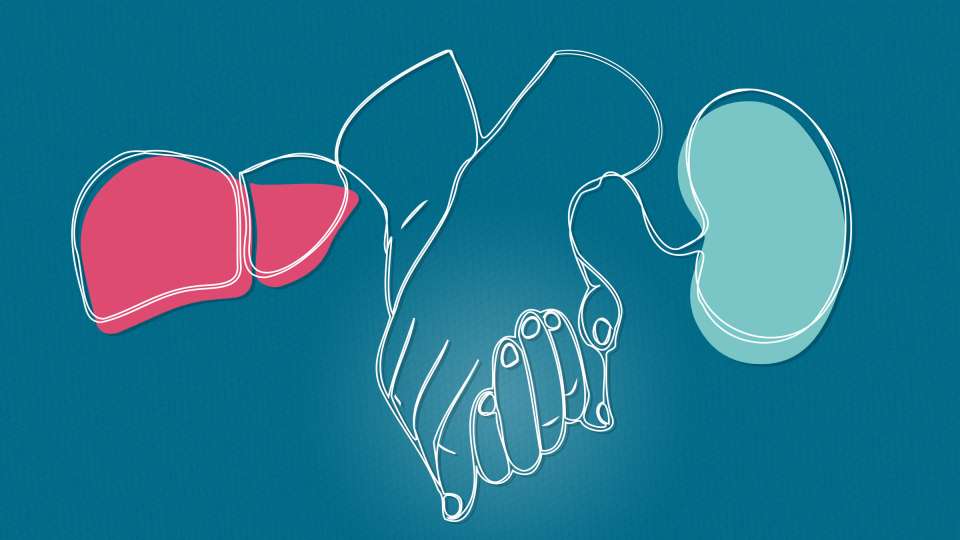
In the spring of 2020, while most of us were preparing ourselves for a worsening COVID-19 pandemic, Logan Warriner, 21 at the time, was preparing to donate part of his liver to a stranger.
“I wasn’t going anywhere, so it was the perfect opportunity,” he says.
Though uncommon, his action of volunteering to be a non-directed (also known as anonymous) organ donor isn’t unprecedented. According to the U.S. Department of Health and Human Services, there were 1,683 non-directed living kidney donors and 43 non-directed living liver donors nationally from 2002 to 2015.
How living organ donation works
Kidneys and livers are special organs. Healthy people can do just fine with a single kidney. And after a piece of the liver is removed, the organ will regenerate itself — in both the donor and the recipient — within six to 12 weeks, says Dr. Kiran Bambha, a transplant hepatologist and medical director for the UW Living Donor Liver Transplant Program.
With living donors, doctors test the organ that will be donated before the surgeries take place, which allows them to make sure the organ functions well.
Living donors also take the waiting out of being on a transplant list. According to Donate Life American, more than 100,000 people are currently on the waiting list for a life-saving organ — most of whom are in need of a kidney. Thousands will die before they ever get a chance to receive a new organ.
Most living donors are a family member or friend of the recipient, but some people may choose to donate to complete strangers. This type, called living non-directed donation, doesn’t make up a majority of living donation but is becoming more common.
Screening potential donors
Warriner first reached out to the UW Medicine living donor liver transplant team in May 2020 and completed his medical testing and consultations over the course of just a couple of weeks. After the team identified an appropriate recipient, his donation surgery took place September 30, 2020.
Thorough medical and surgical evaluations are absolutely necessary for the safety of the donor.
“We really appreciate our living donors. Their safety and well-being truly are our priorities, and everything we do is centered around that,” says Bambha.
When an interested donor reaches out, the first step is to get a thorough medical and social history of their life. The living donor team reviews the potential donor’s history to determine whether they meet basic criteria for being a living donor; if they do, the team connects the donor with an independent donor advocate.
“The advocate is an impartial individual who is there to be the voice for the potential donor. It is the advocate’s job to represent the donor’s best interests, keep them fully informed and make sure they understand the consent process,” Bambha explains.
If the donor agrees to move forward after talking with the advocate, and if the advocate thinks they are mentally and physically prepared to be a donor, then the tests begin.
Testing and scans
After some initial blood testing to check the potential liver donor’s liver enzymes, they go in for full testing. This involves two consecutive days of thorough blood tests, a CT scan, an MRI, a chest X-ray, an EKG, a heart ultrasound and potentially a stress test.
“For living liver donors, the imaging is an important part of the work-up in that it provides important anatomical information about the blood vessels and bile ducts. The imaging is also used to generate measurements of the size of the liver, including the sizes of the different lobes of the liver,” Bambha says.
Potential kidney donors go through a similar testing process, minus the MRI, says Dr. Lena Sibulesky, a transplant surgeon at UW Medical Center – Montlake who specializes in liver and kidney transplant.
All the testing and scans help the surgical team determine how much of the liver the potential donor can safely donate, and how much liver the potential recipient will need.
Warriner says the transplant team took around 23% of his liver and that it fully regenerated within three months.
With a living kidney donation, the recipient may not have to go on dialysis before surgery, which is a big deal because while dialysis keeps people alive, it interferes with their overall health, Sibulesky says.
After the tests and scans, the potential donor consults with multiple members of the living donor transplant team, including a medical subspecialist (depending on if the donation is for liver or kidney), the living donor transplant surgeon, a living donor nurse practitioner, a social worker, the infectious diseases team, a dietitian, a pharmacist and, in the case of non-directed donors, a psychiatrist.
Being thorough is important, because the living donor team needs to make sure the potential donor is healthy enough to undergo the procedure without any major complications.
The matching process
The process of determining the compatibility of the living donor and the recipient takes into account several factors, including the donor’s overall health, the results of their blood tests and imaging, along with considering the recipient’s severity of illness and the results of the recipient’s blood tests and imaging.
With non-directed donors, the matching process is a bit more complicated since there is no pre-identified recipient. Theoretically, anyone on the transplant waiting list who is a medical match with the donor could potentially receive the donated liver.
“We want to make sure we’re allocating that generous donation to achieve the best utility possible; we also want to avoid potential ethical dilemmas,” Bambha explains.
Individuals who come forward as non-directed donors are told up front that they won’t know who they are donating to. In fact, both the donor’s identity and the recipient’s identity are kept confidential from each other unless both people express interest in connecting.
In order to find a match without involving any personal bias, Bambha’s colleague Dr. James Perkins, a transplant surgeon and director of the Clinical and Bio-Analytics Transplant Laboratory at UW Medicine, developed a computer algorithm.
“We can put in objective clinical information about the size of the donor graft and run it against different objective features about potential recipients like their height, weight and other clinical factors, and then stratify individuals by their expected surgical outcomes,” Bambha says.
Once the program finds the best potential matches, the team checks each patient’s medical records to make sure they’re a medical match.
Back-to-back surgeries
Unlike deceased donor transplant surgeries, in which the recipient has no idea when they will match with a donor and be able to have surgery, living donor transplants are scheduled ahead of time.
“We do our living donor kidney surgeries on Wednesdays, and every Wednesday, pretty much, we have a living donor kidney transplant,” says Sibulesky.
This doesn’t always mean that surgery happens once it’s planned, though. It depends on the recipient’s health.
On surgery day, both the donor and the recipient are asked to arrive at the same time. The donor’s surgery goes first, and once the surgeon is ready to finish the removal, another surgeon starts the recipient’s procedure. The organ is transferred, and then both recipients recover in the hospital.
The kidney surgeries take about four hours total, Sibulesky says. Living liver donor surgeries are a little bit longer than for kidneys, according to Bambha. Kidney donors and recipients usually stay four days or so in the hospital, but they could stay longer or shorter depending on how their individual recoveries are going.
Around 40% of kidneys from deceased donors will need extra assistance at first — usually dialysis — whereas kidneys from living donors tend to start working well right away, Sibulesky says.
Recovery
Recovery is, perhaps unsurprisingly, not always easy at first. Warriner’s first few days of recovery in the hospital were rough despite his overall good health. He was nauseated, in pain and couldn’t sleep, plus his body didn’t want to let him go to the bathroom.
“Since I’m young, I was expecting recovery to be easier. According to the doctors, what I went through is easier than what most people go through,” he says.
He started feeling better and, after five days, was allowed to go home. For the next two weeks, doing most things was painful, and he had little energy. Then he started feeling better, and while he hasn’t quite regained his pre-operation energy of running marathons, he’s back to running a few miles at a time.
Even if recovery starts out rough, most living donors and recipients do recover well and go on to live long lives — the recipient’s lifespan being much longer than what they would have gotten without the donor organ.
“It’s amazing to see the recipients embarking on their recovery process right after surgery,” Sibulesky says.
How to become a donor — or an advocate
Since surgery, Warriner has connected with the recipient of part of his liver. They haven’t been able to meet in person because of the pandemic, but they have exchanged letters and emails.
Despite the painful first few weeks of recovery, he doesn’t hesitate to say he would donate all over again.
“It’s so cool, which is why I chose it. I’m happy I did it,” he says.
He’s grateful to his parents, who helped care for him while he was recovering. Having a caretaker is, in fact, a requirement for anyone who wishes to donate a kidney or part of their liver, Sibulesky says.
Other basic requirements are being between 18 and 60 years old and in good health.
For people who aren’t eligible or willing to donate, there’s another option: Becoming a living donor champion.
“We have a dedicated living donor champion program that is designed to teach people to become advocates for their recipients and to help the recipient find a living donor by spreading the word that living organ donation can be an option,” Bambha says.
The future after donation
While the living donor transplant team and the recipient recognize what a big gift the donor is giving, Warriner prefers to downplay his choice and says he tends not to talk about it unless the subject comes up naturally, which it rarely does. He doesn’t want anyone to think he’s bragging about doing a good deed. Receiving praise, he says, isn’t the point.
He’s currently in school to become a board-certified behavior analyst, a step up from his current job as a behavioral technician at a school for children with autism. He’s also looking forward to pubs reopening, so he has opportunities to speak Irish again. (And yes, he can still drink alcohol after the donation, though he did have to wait six months post-surgery.)
Another potential event in his future?
“I know I can’t donate part of my liver again because everything is all scarred now. Could I ever give away a kidney? Sure, why not,” he says.

 Healthy ideas for your inbox
Healthy ideas for your inbox
